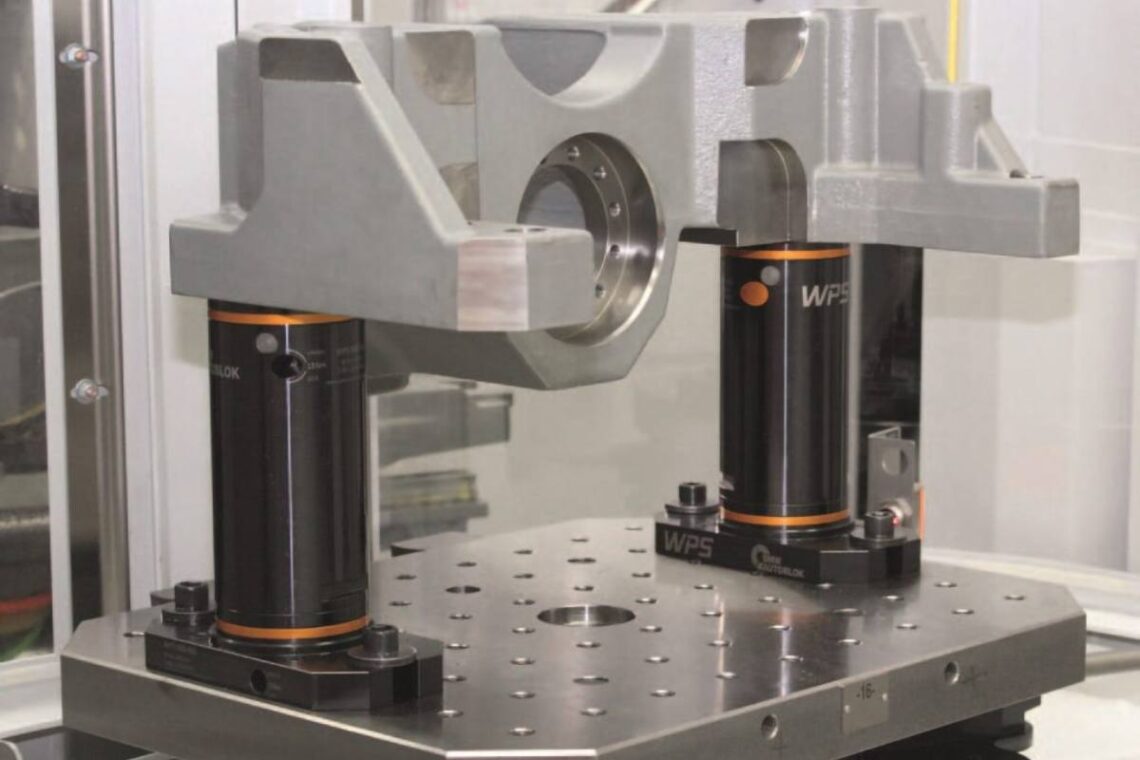Workpiece detection cameras, advanced imaging systems employed in manufacturing processes, play a pivotal role in ensuring product quality and efficiency. These cameras leverage diverse technologies to accurately detect, inspect, and measure workpieces, empowering manufacturers to identify and rectify imperfect early in the production cycle.
By incorporating workpiece detection cameras into their operations, manufacturers can significantly enhance product quality, reduce costs, and improve overall productivity. This article will dig into the benefits, types, applications, and critical considerations for selecting the right workpiece detection camera to meet your specific manufacturing needs.
Benefits Of Using Workpiece Detection Cameras
Implementing workpiece detection cameras offers numerous advantages for manufacturing operations:
-
Increased accuracy and precision
These cameras provide highly accurate and precise measurements and inspections, reducing the likelihood of human errors.
-
Reduced human error
By automating the inspection process, workpiece detection cameras minimize the risk of human mistakes, leading to fewer defects and rework.
-
Improved efficiency and productivity
Automated inspection systems streamline production processes, reducing inspection time and increasing overall efficiency.
-
Cost savings
By identifying and rectifying defects early on, workpiece detection cameras can help prevent costly rework and waste.
-
Enhanced product quality
Consistent and accurate quality control leads to improved product quality, which can enhance customer satisfaction and brand reputation.
Types Of Workpiece Detection Cameras
Workpiece detection cameras employ various technologies to capture and analyze images of workpieces. The most common types include:
-
Vision-based cameras
These cameras use traditional imaging sensors to capture visible light images of workpieces. They are suitable for a wide scope of applications, including inspecting surface defects, measuring dimensions, and verifying part presence.
-
Laser-based cameras
Laser-based cameras emit laser beams to create 3D profiles of workpieces. They are highly accurate for measuring dimensions, detecting surface defects, and inspecting complex geometries.
-
Ultrasonic cameras
Ultrasonic cameras use sound waves to create images of internal structures. They are handy for inspecting hidden defects or flaws that are not obvious to the naked eye.
Applications Of Workpiece Detection Cameras
Workpiece detection cameras are used in various stages of the manufacturing process, including:
-
Assembly line inspection
Cameras can verify the presence and correct placement of components during assembly.
-
Dimensional measurement
Cameras can accurately measure the dimensions and tolerances of workpieces to ensure they meet specifications.
-
Defect detection
Cameras can identify surface defects, such as scratches, cracks, or blemishes, before they become critical issues.
-
Sorting and grading
Cameras can be used to sort and grade products based on their quality or characteristics.
-
Robotic guidance
Cameras can provide real-time information to robots, enabling them to adjust their movements and perform tasks with greater precision.
Critical Considerations For Choosing Workpiece Detection Cameras
When selecting workpiece detection cameras, several factors need to be considered:
-
Camera resolution and sensitivity
The camera’s resolution decide the level of detail it can capture, while sensitivity affects its ability to detect subtle defects.
-
Lighting conditions
The camera’s performance can be influenced by lighting conditions. Consider using appropriate lighting systems or specialized cameras for challenging environments.
-
Field of view
The camera’s field of view should be adequate to capture the entire workpiece or area of interest.
-
Integration with existing systems
Ensure that the chosen camera can be seamlessly integrated with your existing production equipment and software.
Future Trends In Workpiece Detection Cameras
Advancements in technology are continually driving innovation in the field of workpiece detection cameras. Some future trends include:
-
Increased use of artificial intelligence (AI)
AI-powered cameras can analyze images and data more intelligently, improving accuracy and enabling more complex tasks.
-
Integration with machine learning
Machine learning algorithms can be used to train cameras to recognize specific defects or patterns, enhancing their capabilities.
-
Enhanced image processing
Advances in image processing techniques will enable cameras to capture and analyze images with even greater precision and speed.
Implementing Workpiece Detection Cameras: A Step-By-Step Guide
To effectively implement workpiece detection cameras in your manufacturing processes, follow these steps:
-
Assess your needs
Identify the specific inspection tasks you want to automate and the required level of accuracy.
-
Select the right camera technology
Choose the camera type (vision-based, laser-based, or ultrasonic) that best suits your application and budget.
-
Consider lighting and environmental factors
Ensure that the camera’s performance is not compromised by inadequate lighting or other environmental conditions.
-
Integrate the camera with existing systems
Work with your IT department or automation experts to seamlessly integrate the camera into your production line.
-
Develop inspection protocols
Create clear and concise inspection protocols that define the criteria for acceptable and unacceptable products.
-
Train operators
Provide training to user on how to use the workpiece detection camera effectively and interpret the results.
-
Monitor and maintain the camera
Regularly monitor the camera’s performance and conduct maintenance as needed to ensure correct and reliable operation.
By following these steps, you can effortlessly implement workpiece detection cameras and reap the benefits of improved quality control and increased efficiency in your manufacturing processes.
Conclusion
Workpiece detection cameras have become an indispensable tool for ensuring quality control in manufacturing processes. By automating inspection tasks, reducing human error, and improving accuracy, these cameras contribute to increased efficiency, reduced costs, and enhanced product quality. As technology continual to advance, we can expect to see even more sophisticated and innovative workpiece detection solutions in the future.
Take Control Of Your Quality: Implement Workpiece Detection Cameras Today
Looking to streamline your manufacturing process and ensure consistent product quality? Nano-Seimitsu offers a wide range of high-performance workpiece detection cameras to meet your specific needs. Our experienced team can assist you choose the right camera technology, integrate it seamlessly into your production line, and train your operators for optimal results.

